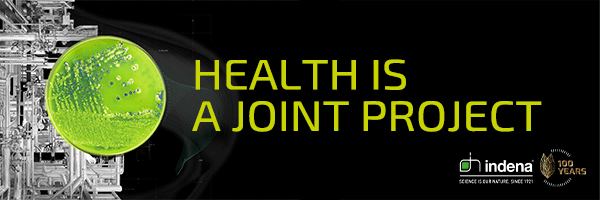Nutraceuticals
ISO-IDF develops standard for chloride content in infant formula 7th September 2018
The International Organization for Standardization (ISO) is developing a series of standards for verifying many of the ingredients of infant formula to show the product is safe for consumption and contains what it says on the label. The latest one, ISO 21422 | IDF 242 for the determination of chloride content, has just been released.
Infant formula is perhaps one of the most highly-regulated foodstuffs in the world, which is why checking the exact composition is a rigorous affair. The manufacture of infant formula must adhere to strict regulations before it can arrive on supermarket shelves. Nutritional labeling is heavily regulated, often requiring confirmation to the Codex Alimentarius, the Food Standards Program established by the Food and Agriculture Organization of the United Nations (FAO) and the World Health Organization (WHO).
ISO, in cooperation with a number of international industry bodies, is developing a series of International Standards on validated methods of analysis for infant formula, designed to verify these components and demonstrate compliance to Codex standards. Codex Alimentarius has adopted most of these standards as reference and dispute resolution methods. One such standard is the recently published ISO 21422 | IDF 242, Milk, milk products, infant formula and adult nutritionals – Determination of chloride – Potentiometric titration method, which specifies a method for determining chloride in infant formula, milk and milk products.
Published jointly by ISO and the International Dairy Federation (IDF), ISO 21422 | IDF 242 is the result of close collaboration between ISO, the IDF and the independent standards developing organization Aoac International.



